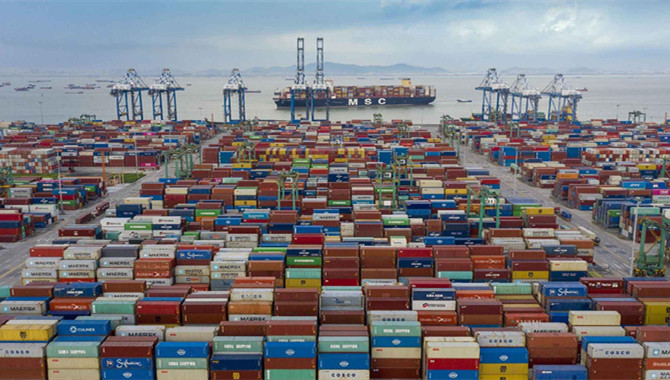
Rates for shipping containers from east Asia and China to the Americas remain elevated, although largely stable, but some market participants are seeing increases as they schedule January shipments.
The main drivers of the elevated rates continue to be high consumer demand and congestion at US ports, said Judah Levine, head of research at online freight shipping marketplace and platform provider Freightos.
Rates have ticked higher over the past couple of weeks, but average rates remain about $5,000/container below the peak in August and September.
Also, the spread between the highest and lowest rates has narrowed. In October, the spread was about $25,000, now it is about $11,000, according to Freightos.
Despite efforts to ease the logjam of vessels at the ports of Los Angeles and Long Beach, the No 1 container port in the US, containerized imports have fallen below levels in the same months in 2018 for the second month in a row.
While the port complex will hit records for full-year throughput in 2021, 13% above the 2018 peak, import volumes in Los Angeles were front-loaded in the first half of the year when congestion, while significant, was less severe than it is now.
There may be some relief from a manufacturing lull in China as manufacturing is expected to slow significantly for the Lunar New Year holiday.
While the number of ships in port at the twin ports has shrunk, it is largely because of a new queuing system for container ships put in place by the Marine Exchange of Southern California (MESC) that moves the ships to a safer location, known as the Safety and Air Quality Area (SAQA), to help reduce emissions near the coastline.
MESC defines total vessels in port as the sum of vessels at anchor, in a drift area and at berth.
While there were only 23 container ships at anchor or loitering within 40 miles of the ports, there were 71 vessels that were slow speed steaming or loitering outside the SAQA.
The record before the new queuing system was implemented is 116 container ships on 16 November. There were 86 container ships in port on 13 October ahead of the peak-season arrivals.
Latin America buyers have said they are seeing firming rates for January material, which could suggest that rates are likely to remain elevated for some time.
In a new development, participants in the US polymer markets are starting to have issues finding empty containers for exports.
Some bagged material is entering the spot market, which indicates that the material was destined for export but did not get loaded on a vessel and is now being sold in the domestic market.
Source: ICIS by Luly Stephens and Zachary Moore
Quality Companies